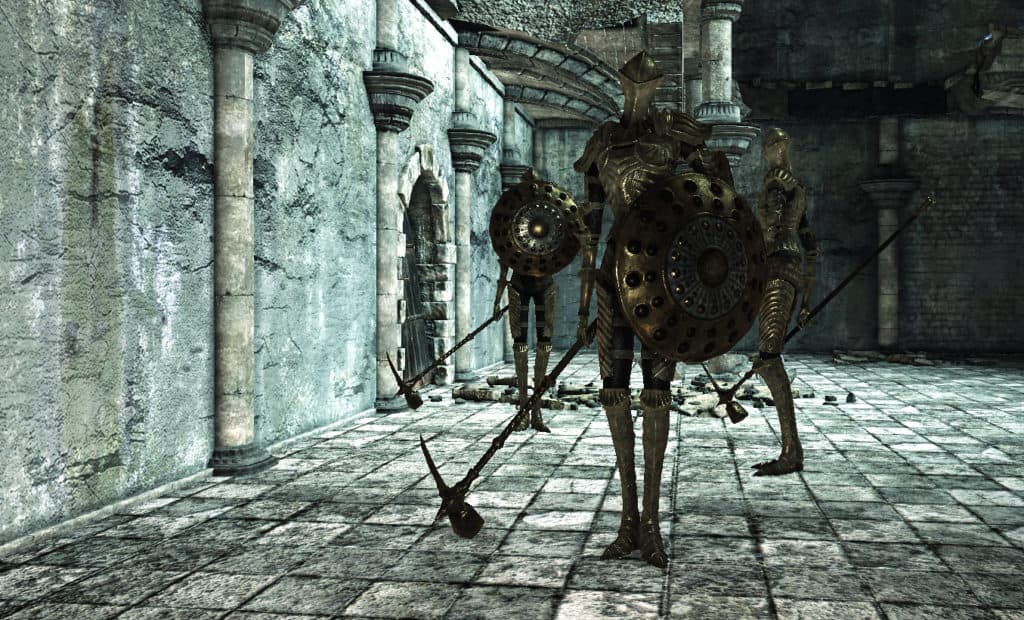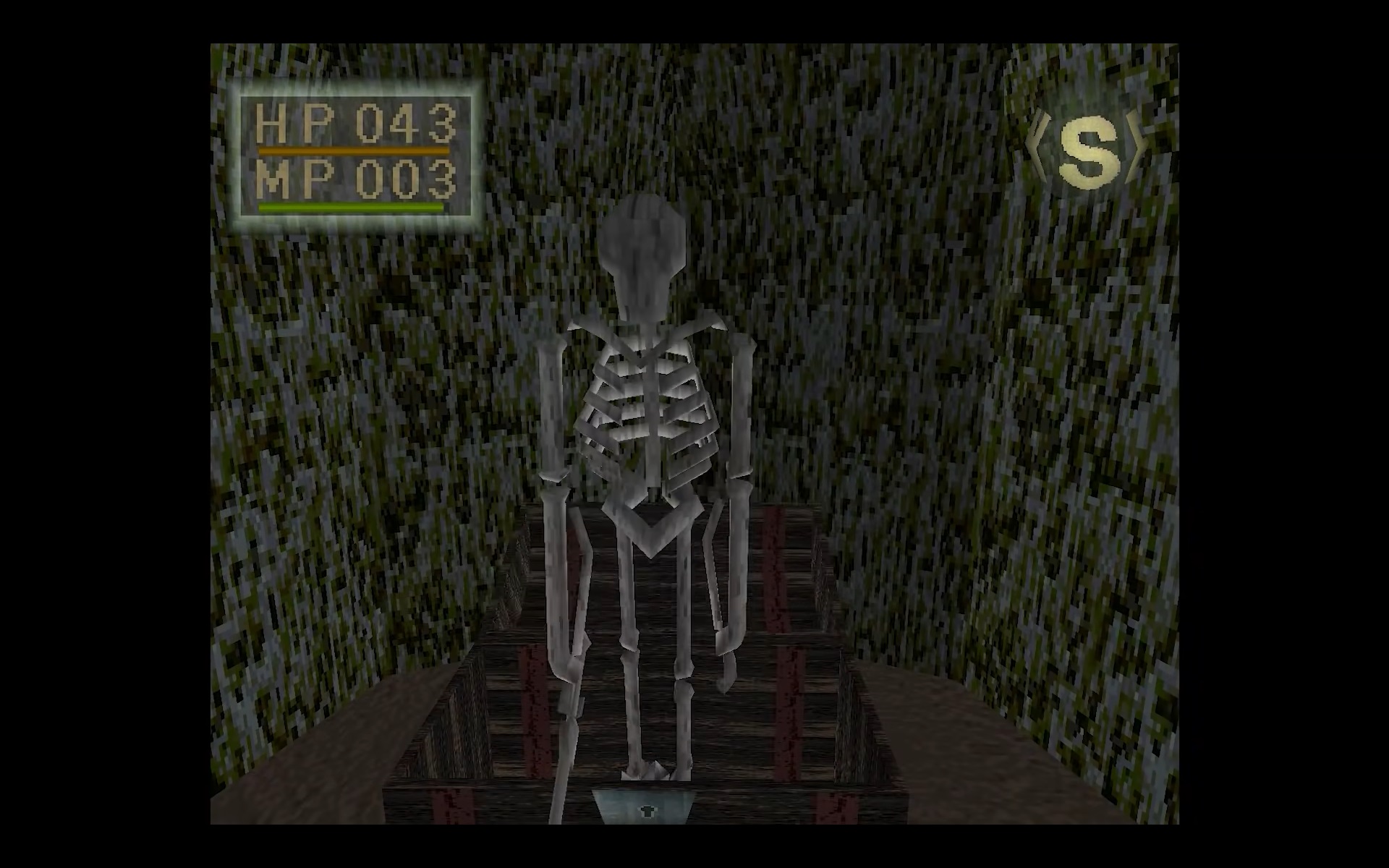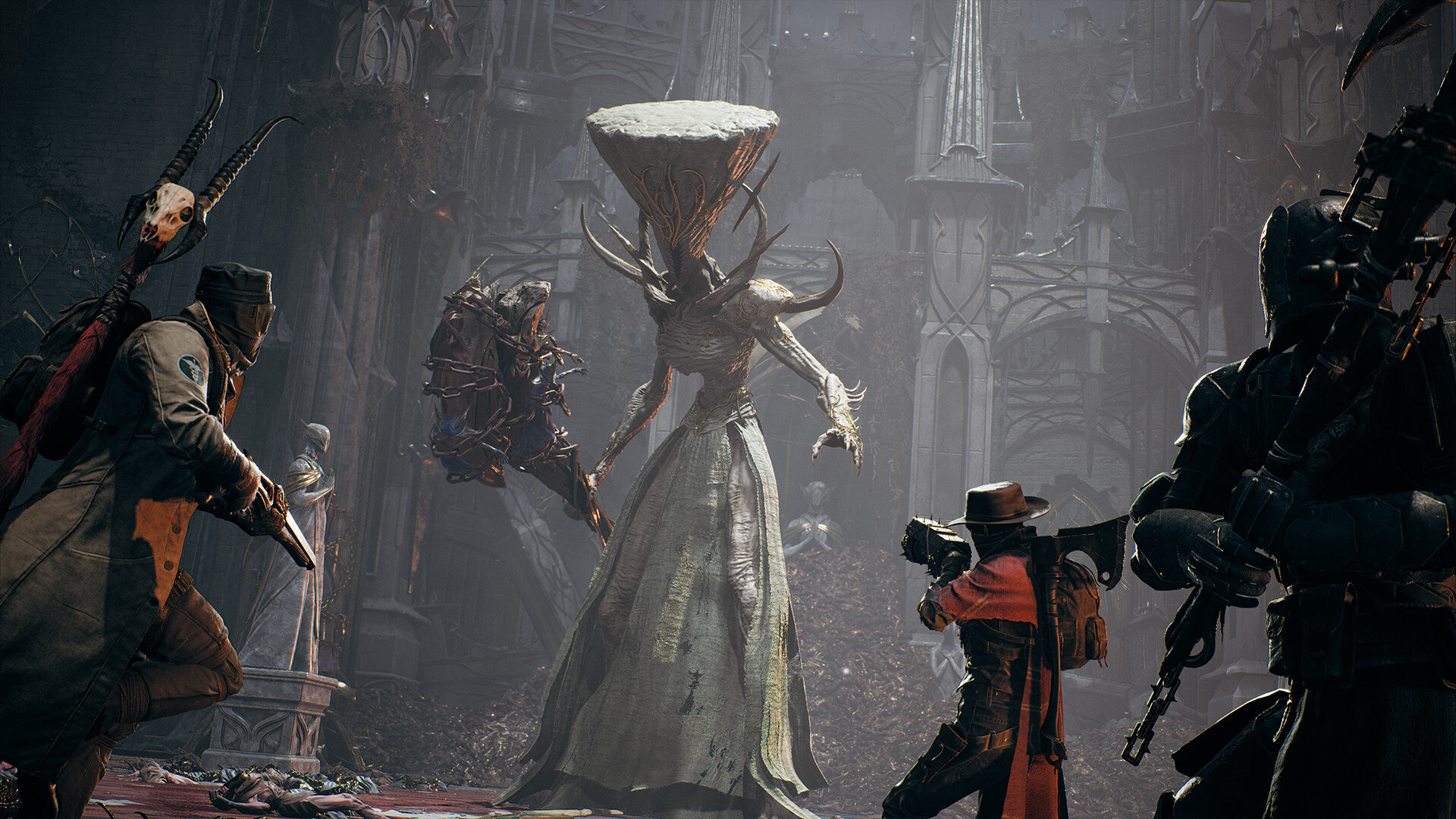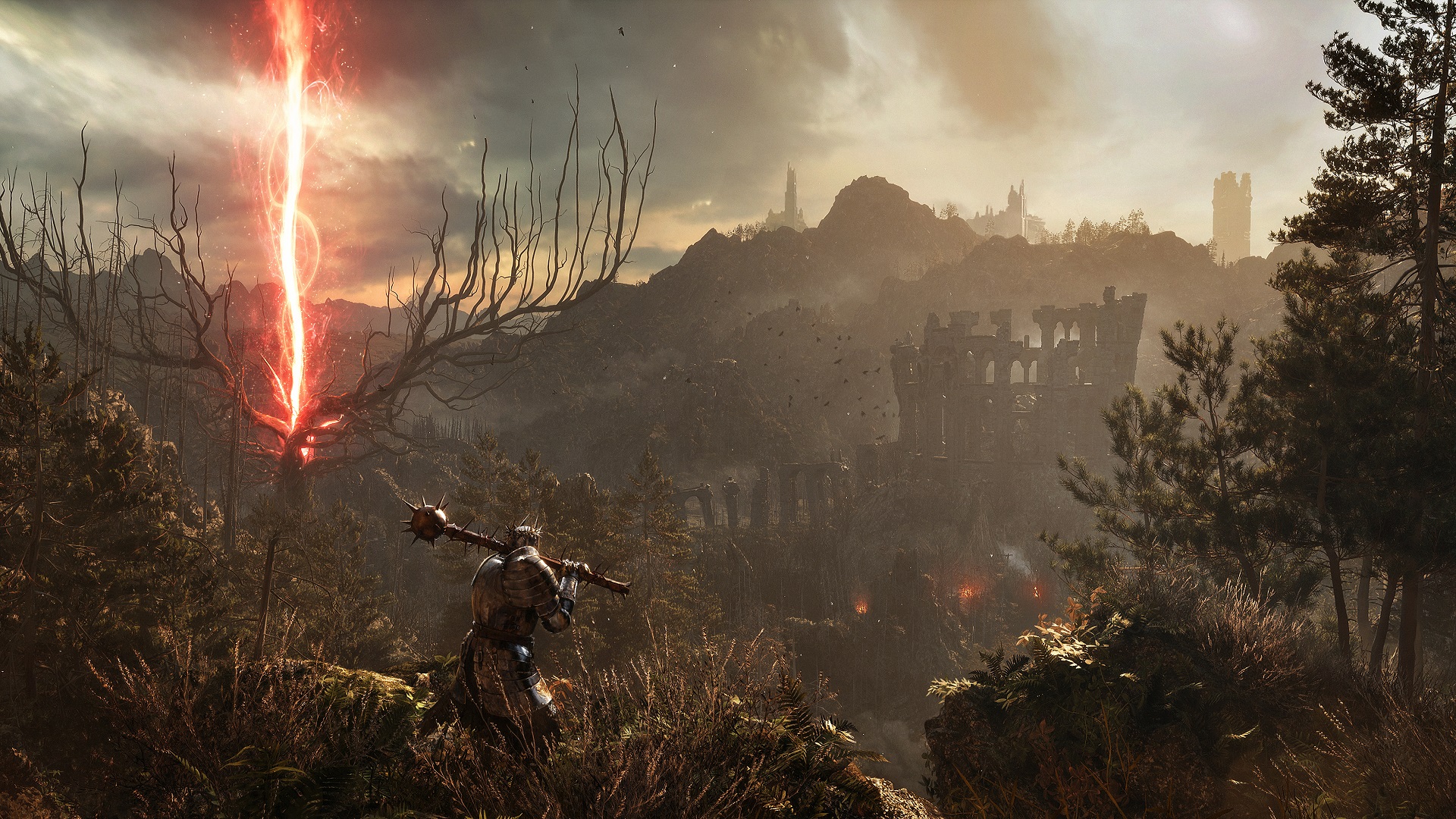
SEKIRO: SHADOWS DIE TWICE Review
Sweet Satan in a Satin slip, Sekiro: Shadows Die Twice is hard. I was thinking of starting with some kind of clever intro. Perhaps compare the fluid mechanics of the Dark Souls games to the tight rigidity of Sekiro. Or joke about how the game intentionally makes everything difficult, like how “shinobi” is just a harder way to say “ninja.” But no. If Sekiro isn’t going to pull its punches, then I’m going to respond in kind. Outside of those intentionally bullshit games like Getting Over It or QWOP, Sekiro: Shadows Die Twice is likely the hardest game I’ve ever played. And I absolutely love it.
Now before you roll your eyes and declare me a filthy casual, I’ll have you know I eat FromSoftware games for breakfast. I replayed Bloodborne just to prepare for Sekiro to drop, and cleared all of the chalice dungeons just for giggles. I am an absolute glutton for these types of games. It’s weird to have to start an article with a flex about how “Gud” I’ve “Getted,” but it’s a necessary prerequisite for claiming Sekiro: Shadows Die Twice is soul crushingly hard. It’s the gaming equivalent of a lion trainer proclaiming a particular client is extra ornery.
For those of you who don’t spend your free time watching speedruns and memorizing the Fextralife wiki, Sekiro: Shadows Die Twice is the new game from Japanese developer FromSoftware. Known for the Dark Souls series and Bloodborne, Game Director Hidetaka Miyazaki has spent the last 10 years perfecting the same game. Though a lot changed from Demon’s Souls to Dark Souls 3, if you fuzzied up your eyes and payed no attention to how much blood was on screen you could be forgiven for assuming they were all the same game. It’s the kind of practice that would get most developers a spot on the naughty list, but the games always deliver on a sweet hardcore gaming experience like a shot of smack straight to your jugular.

So going into Sekiro: Shadows Die Twice, it’s reasonable to expect more of the same. I sure did. And I was dead wrong. While certain mechanics remain, it’s safe to say that you can’t confuse Sekiro with any of the previous games. So much has changed, that it’s hard to consider it in the same lineage. The game is still very challenging, there are no quest markers, and you still rest at checkpoints which respawn all non-boss enemies. You also accumulate status ailments in an all-or-nothing meter, only becoming afflicted when you reach a certain threshold. There are also sometimes walls of fog locking you into boss fights That’s about it. I’m going to stop comparing Sekiro to Dark Souls now, as that would be like trying to review Avengers: Infinity War by describing how it is different from Sherlock Holmes: A Game of Shadows.
Taking place in Japan during the Sengoku period, Sekiro: Shadows Die Twice tells the tale of a lone Shinobi (who people call Wolf but is technically nameless) on a quest to save his young master Kuro. Kuro has been kidnapped by the militant yet declining Ashina clan, who wish to use the power of Kuro’s blood to make an army of immortal samurai. Owing Kuro some kind of Gungan life debt, you as the nameless Shinobi must slash your way through hordes of bad dudes to win the day. Starting off on a low note, Wolf almost immediately has his arm chopped off by the main bad guy. It turns out his functioning right arm was just holding him back all along, as it’s immediately replaced with a grappling hook that can shoot fire/shurikans/turn into an ax. It’s the Deus Ex school of thought, where every dismemberment is a benefit if the limbs can now turn into instruments of death.

It’s a familiar story, but the way Sekiro: Shadows Die Twice unfolds is anything but. There are plenty of twists and turns to be had, and memorable characters along the way. It’s hard to discuss anything without getting into spoilers. This is a far more straightforward story than previous FromSoftware games, but there’s a lot of depths to plunge if you look hard enough. You’ll certainly be confused by the endings if you never stop and listen to some of the story (I had to google what a “Shura” was), but everything is there without need for ample fan theories and speculation.

Now the phrase, “easy to learn, hard to master,” has been thrown around a lot over the years. With Sekiro, this idea has been pumped full of steroids, bronzed, and strut out on stage to compete in the Mr. Olympia competition. The mechanics are fundamentally simple: you slash your sword to deal damage, and block at the right time to deflect attacks. All enemies have both a vitality and a posture bar, either of which you can deplete to execute a viscous killing blow. Standard enemies require one killing blow to fell, while bosses generally require two (and sometimes three).
Vitality only drains when you land an unblocked hit, but does not regenerate. Posture will drain whenever you hit (blocked or unblocked) or deflect an attack, but will quickly regenerate if you let up your assault. Posture is slower to regenerate the lower the enemy’s vitality, meaning prolonged fights eventually slide towards your favor. There’s some complexity beyond this in the form of special moves and unblockable attacks, but it all feeds back into the basic vitality/posture paradigm.

What this all means is that you can technically beat any enemy without actually landing a single unblocked hit. You just have to be insanely good. This is likely the most ingenious way I’ve seen skill rewarded in a single player game. Whereas other games require you to learn attack patterns to dodge, counter, etc, you’re still essentially chewing through the same health bar. Whether you chew through that health bar through precise timing or cheesing the opponent out with crossbow shots to the tail from under a bridge is irrelevant. In Sekiro, your evasiveness only serves to prolong the fight. This can be good for slowly whittling down vitality, but can just as easily lead to you running out of your limited healing juice. The true test of skill will be at how high of a vitality you can quickly and decisively break your opponent’s posture and finish the fight.
Learning fights is the main challenge of Sekiro: Shadows Die Twice, as even a single unblocked attack can lead to death. Fortunately, Wolf has a bit of a buffer due to being immortal… kind of. Wolf has the power to resurrect after being killed, but this is limited to two charges. One you get for resting at a checkpoint, and the other you get for slicing up enemies. You can only resurrect once per boss healthbar, meaning you can’t load up on your resurrects to make a boss fight easier. Functionally, it serves to create breathing room in case you get caught up in an attack chain you can’t break out of. It’s your mid-combat reset button to give you another shot. It’s not nearly enough to make the fights easy, but should help give you that extra time you need to learn some more attack patterns.

Also at your disposal is the Shinobi Prosthetic, which I struggle to call an actual weapon. A multi-functional tool, it primarily serves to counter very specific enemies. You have a shuriken that can interrupt agile leaping enemies, an axe that can break shields, a spear that can strip armor, a knife that can poison, and a few others. Using the tool requires silver bu—I mean Ashina’s Crosses, which you can only carry 15-20 of at a time. Some tools like the flamethrower have more ubiquitious combat application, but the limited usage means that you’ll want to save using it for specific encounters. I’m not knocking it, and it’s a great addition to augment the combat, but it won’t be replacing your sword.

The result is a a non-stop avalanche of pulse pounding wins and confidence crushing defeats. I regularly died to basic enemies. There isn’t a single boss in the game I didn’t feel like an absolute badass for finally vanquishing. Rarely did I encounter one I could beat on the first, second, third, or even fifth try. I can’t remember the last time a game offered such a stiff challenge, and yes I am including previous FromSoftware games.
As incredibly rewarding as mastering Sekiro: Shadows Die Twice‘s combat is, it comes with the downside that there’s not a lot of variety to the weapons. Your staple weapon will be the sword for the entirety of the game. This will come as a shock to FromSoft fans, who are used to being able to pick between an arsenal of different swords, spears, shields, axes, magic lightning bolts, etc. Previous FromSoft games practically begged you to figure out which weapon best abused the boss’s hitbox and attack arcs. Sekiro is like trying to go through all of Dark Souls 3 with just the shortsword. Except the whole game is tailored around the shortsword.

I haven’t mentioned the stealth yet, which is where Sekiro: Shadows Die Twice is weakest. It’s a rather simple system: sneak up on enemies, press the kill button, hope you don’t get caught. There’s some depth in picking the optimal order to go all sneaky beaky like, and you can delete certain bosses’ entire first health bar with a clever backstab. The levels are certainly designed with this in mind, with plenty of grapple points, blind corners, ledges, and other stealth-staples just begging you to get your ninja on. You also unlock special executions that let you mind control or turn your sword into a slightly longer sword, which I never used.

Unfortunately, Sekiro suffers from the classic stealth game problem of incomprehensible enemy sight lines. Time and time again I’d slit the throat of what appeared to be a very lonely and oblivious samurai, only to have some sniper hiding in a bush on the far side of Mt Kilimanjaro spot me and muster the armies of Japan. At this point you can either go in for the satisfying and crushingly hard melee combat, or leg it like a coward and wait for all the enemies to reset. As I am the type that leaves scathing one-star reviews on Yelp and breaks up over text message, I would generally zip away away and wait for things to calm down.
While functional, the system isn’t as elegant or rewarding as the rest of the Sekiro: Shadows Die Twice. If you succeed, you’re rewarded with free experience and skipping fights. If you fail, your punished by being forced to wait a minute for everything to calm down and try again. I would have preferred something closer to the Rocksteady Batman games, where repeated takedowns would result in more agitated enemies that are harder to sneak up on. As it is, it’s just a very obvious way to cheese hard fights in a game that is otherwise cheese-free.

The only other minor nitpick I have with Sekiro is that the unblockable attacks are hard to distinguish. When an enemy is attacking you with an unblockable move, a little icon will appear above your head warning you that danger is incoming. However, there is no quick way to distinguish between the stab (which can be countered), the swipe (which must be jumped over), the grab (which must be dodged), or just a generic unblockable mega-swing. This is where quick reflexes and a lot of trial-and-error comes into play, but given that each fight can end in a single unblockable attack it’s far too difficult to learn without becoming frustrating.
Those minor nitpicks aside, Sekiro: Shadows Die Twice is a monumental achievement. FromSoftward had already set the gold standard of difficult with the Souls series, and have recast the mold with Sekiro. It’s fresh without feeling obtuse. It’s familiar without feeling retread. While not offering as diverse of playstyles as their previous games, it easily makes up for it with how much there is to master. Stripped of almost all bullshit, the challenge of Sekrio is entirely up to you to overcome. I didn’t actually think I could still get this frustrated by a video game. And I love that. It’s a hardcore gamer’s shinobi murder paradise.
The post SEKIRO: SHADOWS DIE TWICE Review – Scratching Your Hardcore Gaming Itch With A Combine Harvester appeared first on Dread Central.




